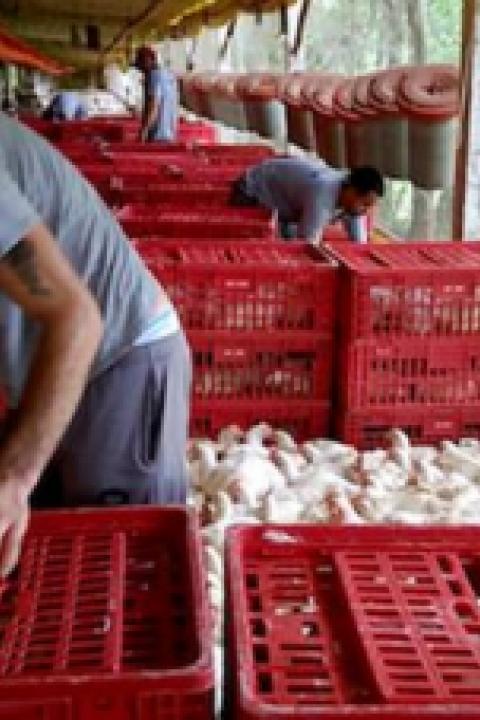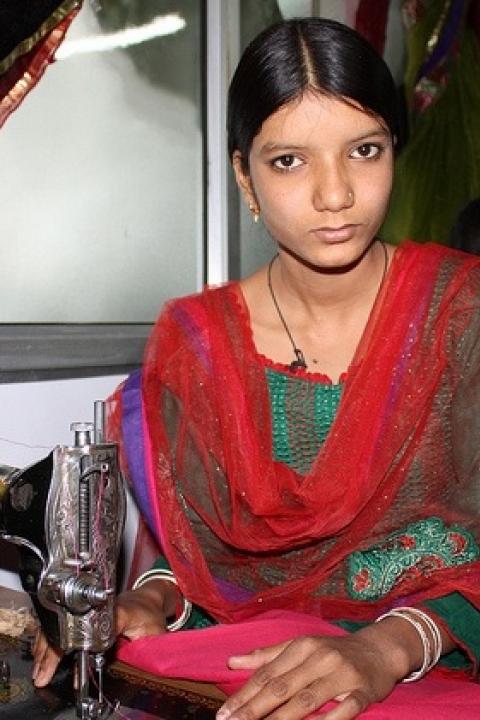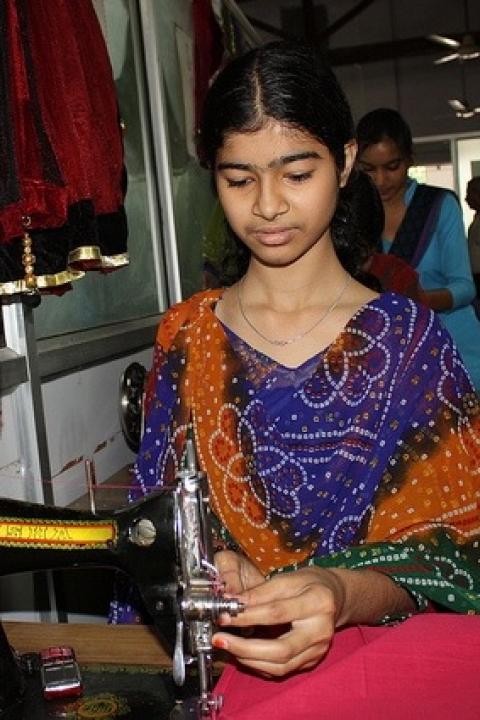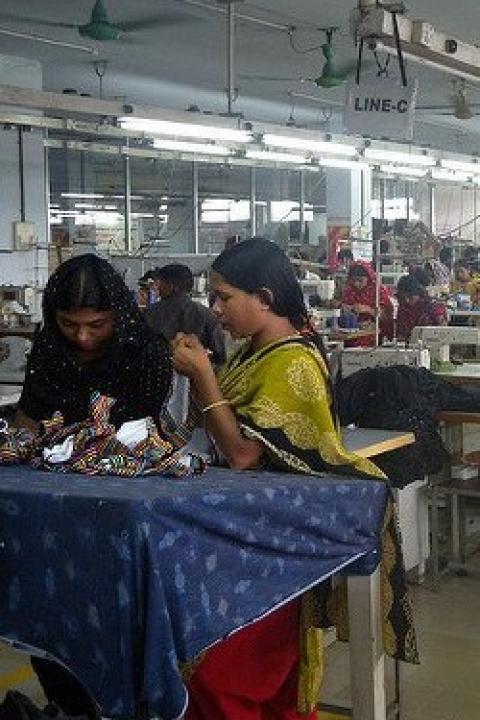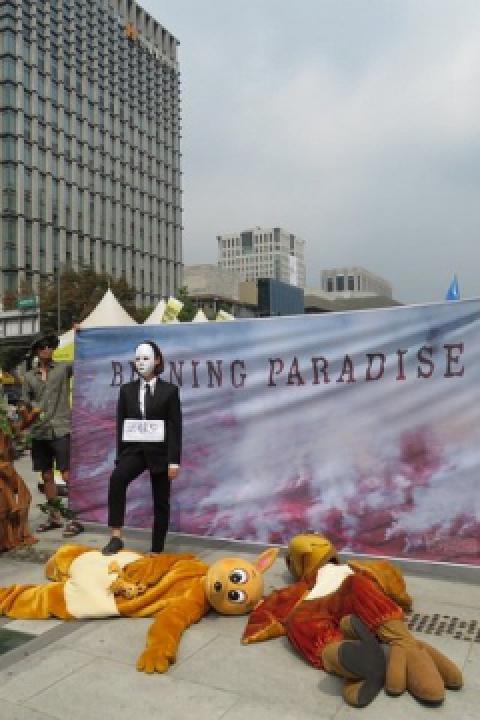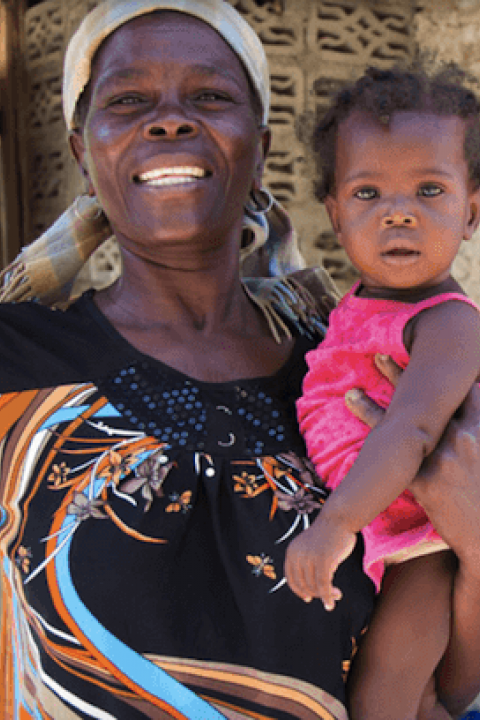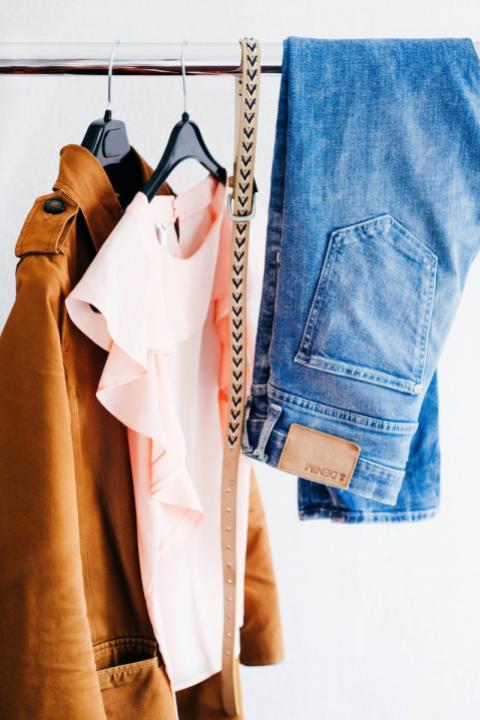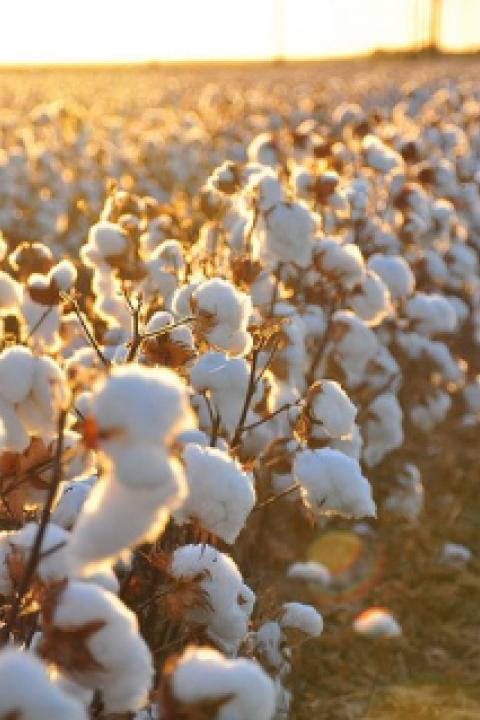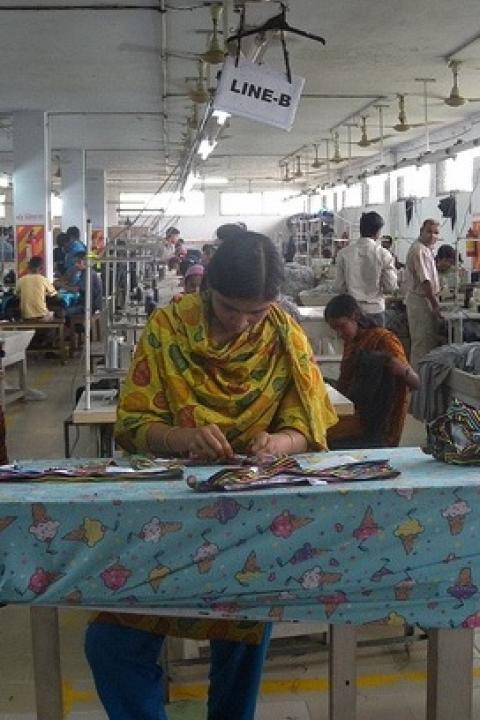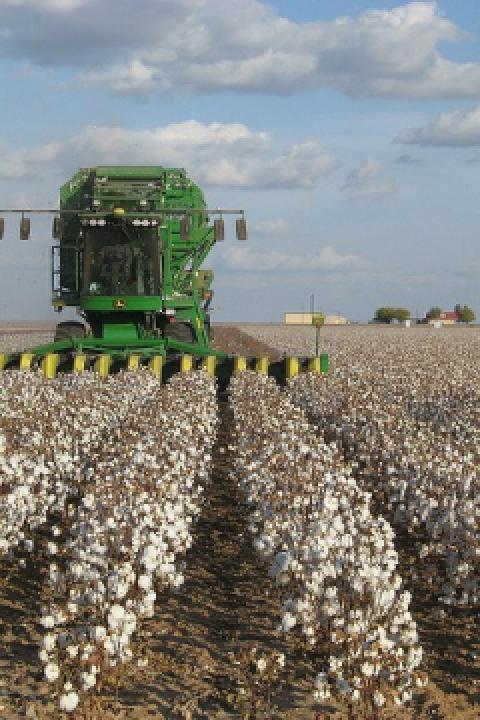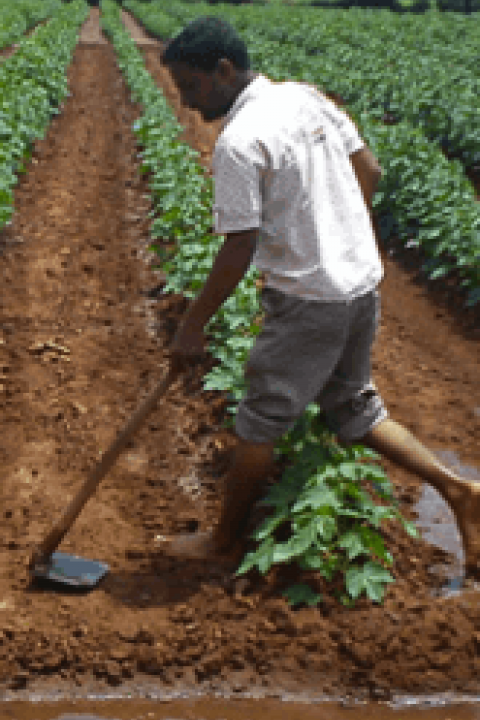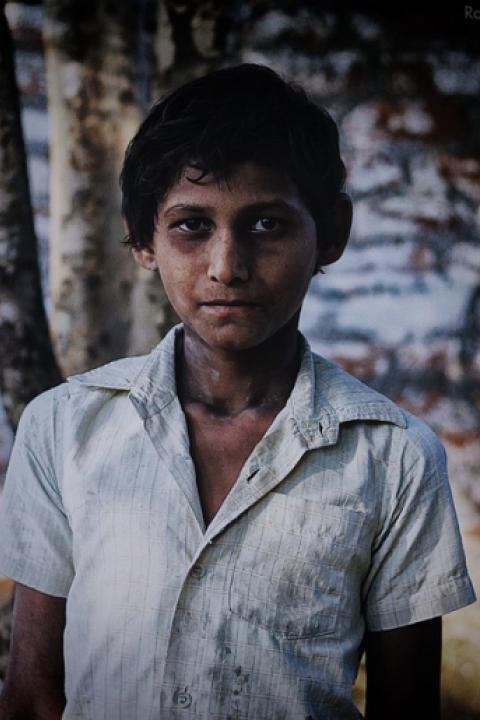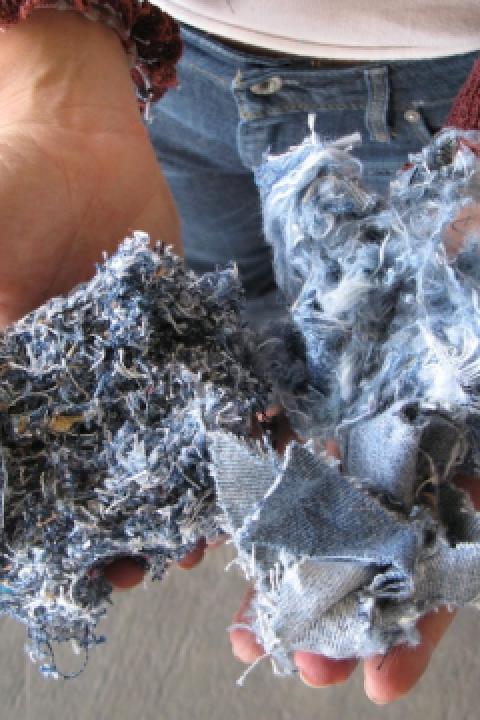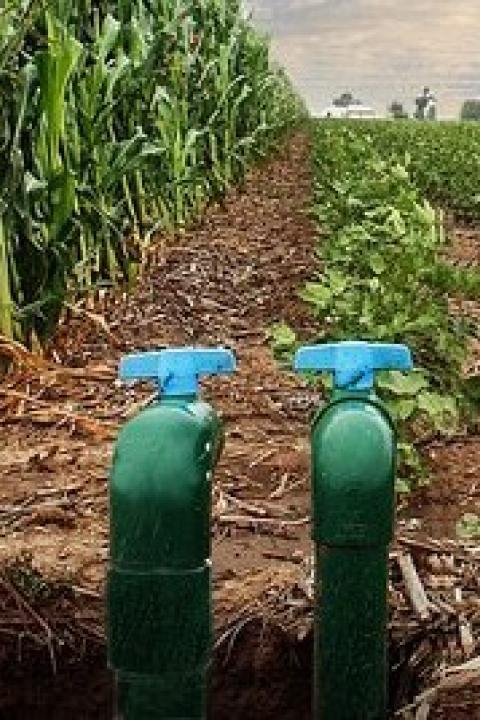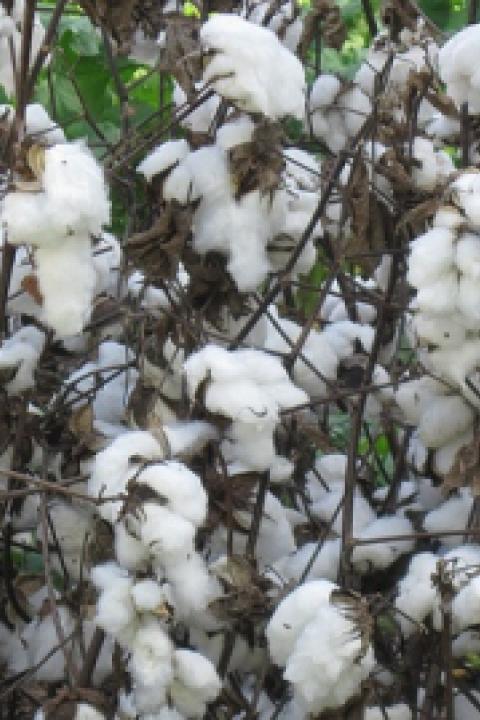
C&A foundation SPECIAL SERIES
From Farm to Factory: A 3 Part Series on Social Impacts in Apparel
Part One
Cotton is known as “the fabric of our lives,” and it’s true. Chances are you are wearing cotton fibers right now. This cash crop is indispensable to the apparel industry and the economies of entire countries. However, its environmental and social impact is huge.
Through this series we’ll gain a deeper understanding of this critical crop, understand methods to reduce its footprint and learn how to define sustainable cotton now and in the future.
Part Two
In the second installment, we’ll be looking at transparency and traceability in the supply chain beyond cotton. These concepts are key to improving environmental and workplace conditions in fashion supply chains. Traceability is about gathering information and transparency is about exposing it. The ultimate goal is always accountability.
Part Three
Despite decades — centuries even — of global efforts, slavery can still be found not just on the high seas, but around the world and throughout various supply chains. Through this series on forced labor, sponsored by C&A Foundation, we’ll explore many different types of bonded and forced labor and highlight industries where this practice is alive and well today. Particularly, we’ll examine the fashion industry and have a look into the supply chain: from the cotton fields of Uzbekistan to India homes in India where often bead work is done by children far too young. We’ll also examine what governments and brands are doing to halt this disturbing practice — and what they should be doing.
This 3-part series is underwritten by C&A Foundation




